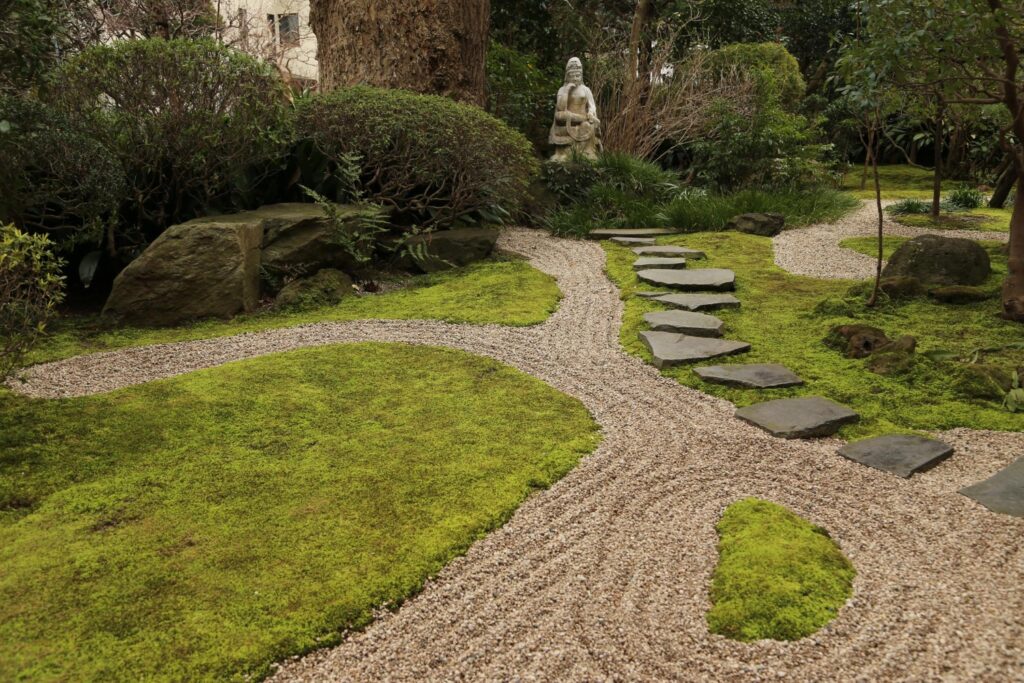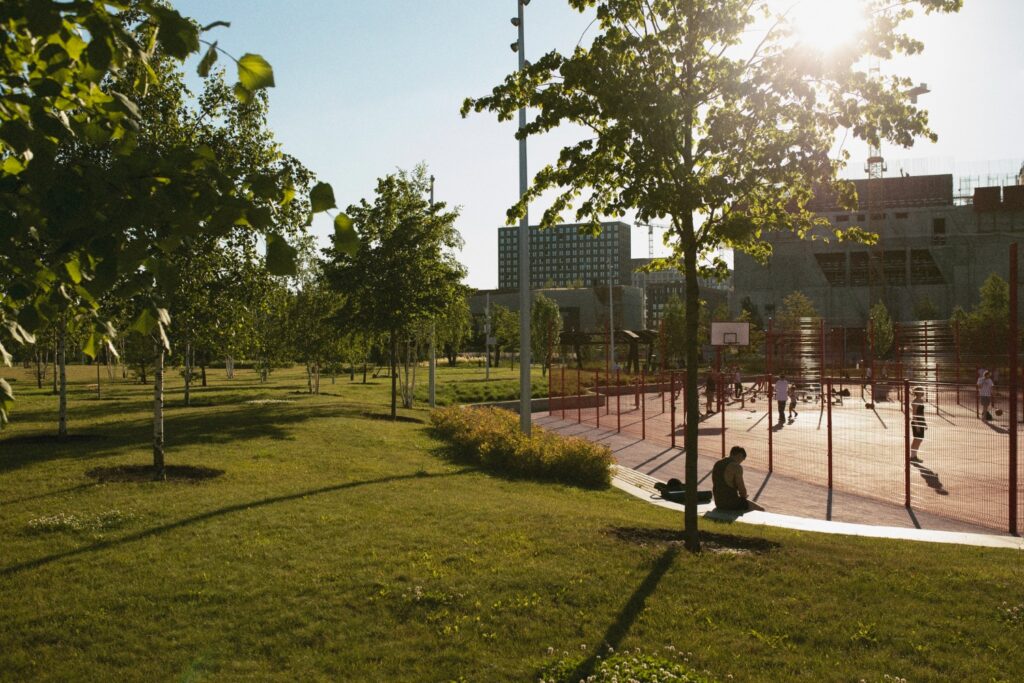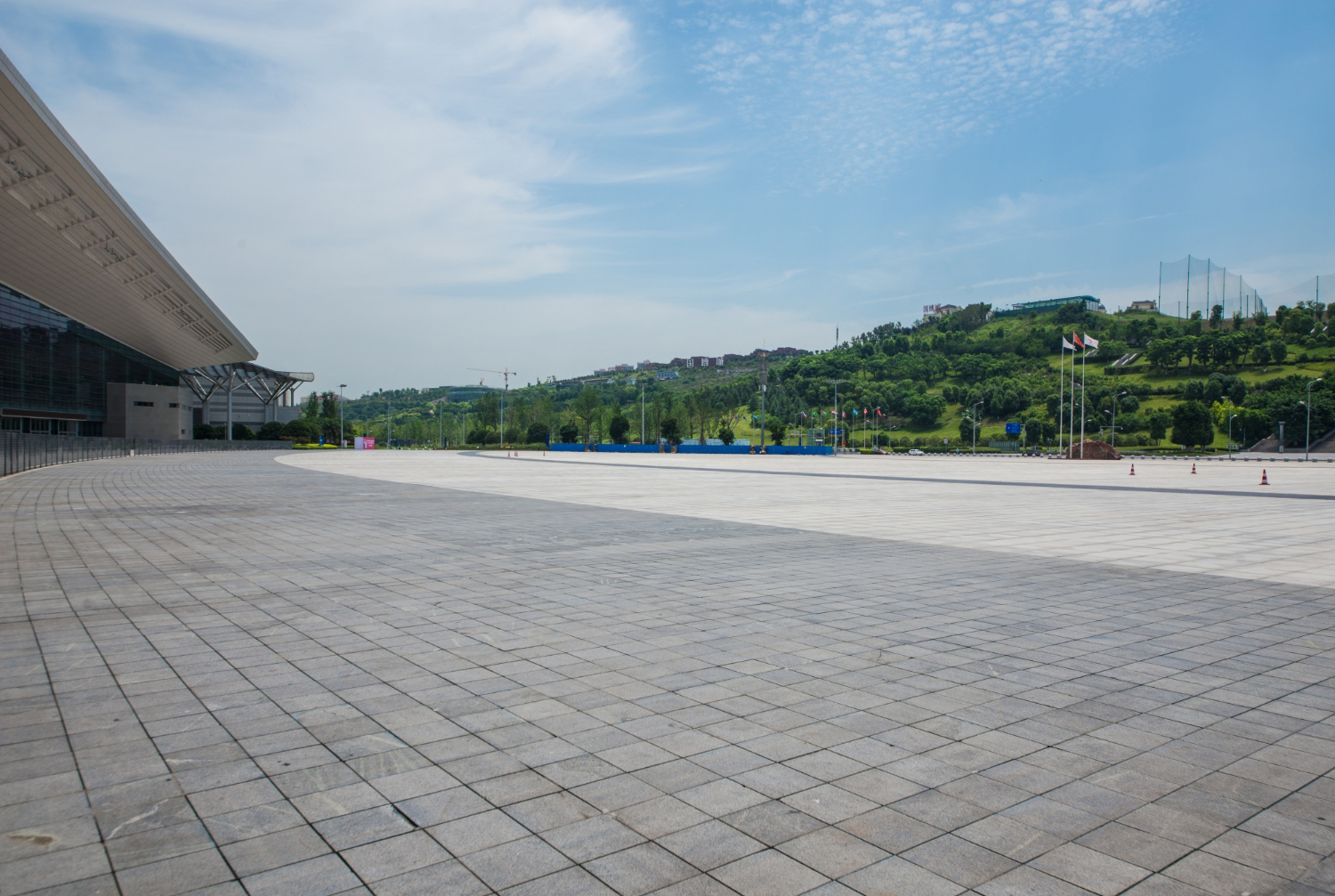What is sustainable landscape design?
It also promotes biodiversity and provides habitats for local wildlife. Sustainable landscape design also considers factors such as soil health, air quality, and the overall ecological impact of the outdoor space. By prioritizing sustainability, landscape designers can create beautiful and functional outdoor areas that benefit both people and the environment. This approach is becoming increasingly important as we strive to mitigate the effects of climate change and preserve natural resources for future generations.
Why is sustainable landscape design important?
Sustainable landscape design is crucial for a variety of reasons. Not only does it help to conserve water by using drought-resistant plants and efficient irrigation systems, but it also plays a role in reducing pollution by minimizing the need for chemical fertilizers and pesticides. Additionally, sustainable landscape design supports biodiversity by providing habitats for native plants and wildlife. By creating a healthier environment, it can also improve air and water quality, as well as contribute to the overall well-being of the community. Furthermore, sustainable landscape design can lead to lower maintenance costs over time, as it often requires less water, fertilizer, and maintenance compared to traditional landscaping practices. Overall, sustainable landscape design is an essential component of creating a more environmentally friendly and sustainable world.
What are some sustainable practices for landscape design?
In addition to these sustainable practices, landscape designers can also focus on creating wildlife habitats, using organic and natural fertilizers, and incorporating renewable energy sources such as solar-powered lighting. Designing landscapes with these sustainable practices not only helps to protect the environment, but also creates beautiful and functional outdoor spaces for people to enjoy.

How can I incorporate sustainable practices into my landscape design?
In addition to the above-mentioned sustainable practices, you can also consider using permeable paving materials, installing rain gardens or bioswales to capture and filter stormwater, and creating habitat for pollinators and other beneficial wildlife. By incorporating these sustainable practices into your landscape design, you can help conserve water, reduce chemical usage, support local ecosystems, and create a beautiful and environmentally friendly outdoor space.
What are the benefits of incorporating sustainable practices into landscape design?
By incorporating sustainable practices into landscape design, such as using native plants, installing rain gardens, and implementing efficient irrigation systems, it is possible to reduce water usage and lower maintenance costs. Additionally, these practices can improve soil health and create a more resilient and attractive outdoor space. By choosing sustainable landscaping methods, it is also possible to contribute to a healthier environment and support local ecosystems by providing habitat for native wildlife and reducing the use of harmful chemicals. Overall, incorporating sustainable practices into landscape design can have numerous benefits for both the environment and the community.




